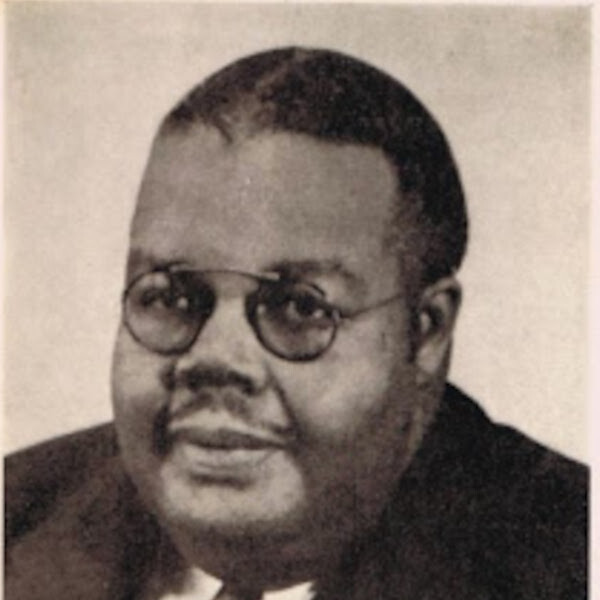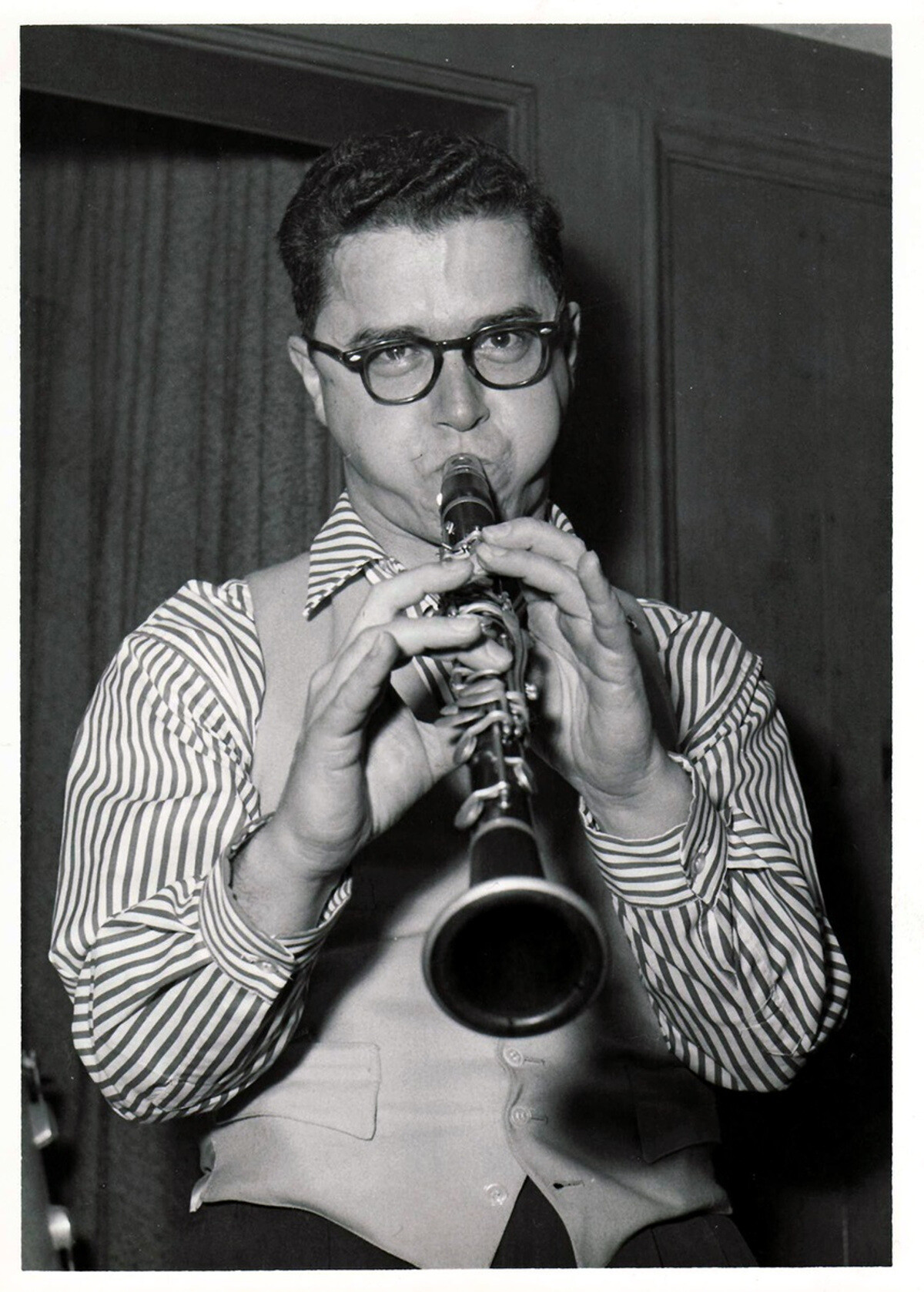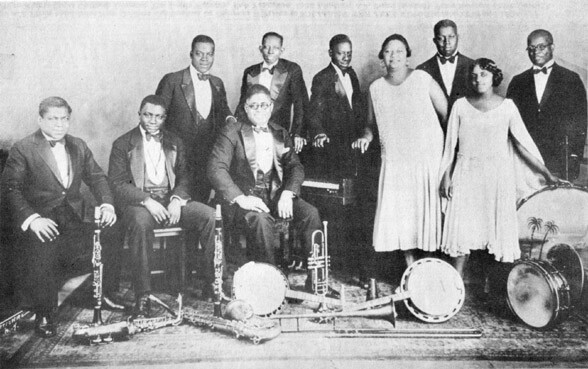I first wanted to call this post “The Death of Historical Consciousness,” but that title, although accurate, seemed too ponderous to be chewed and swallowed. So the BBC-mystery title shall stand.
Maybe it’s collective amnesia, but can people forget what they never acknowledged to begin with?
What do I mean?
I have a large collection of photographs, and I found an extra one of a famous musician, an 8″ x 10″ glossy with him in playing position, which I brought with me to a gig led by a then young artist who shone on the same instrument, someone of great promise. I gave him the photo, he looked at it, then at me, and said, “Who is that?” I confess that my first stifled reaction was annoyance, but I didn’t succumb; I didn’t rip it out of his hands. I identified the famous subject, and said, “Would you like it?” and he gratefully said he would.
That’s an extreme case. Is it innocence, shallow awareness, or something more?
But I’ve gotten into conversations with musicians I admire deeply, and bringing up some perhaps obscure name of a player on their instrument, the reaction is often a faraway look, with some embarrassment, and “Ohhhhhh. _______________. I’ve heard of them before, but never had the time to really investigate. Are they good?” And I think to myself, “You are a wonderful artist, but you haven’t put in the time studying the art as it exists and existed beyond your own mouthpiece, or fingers . . . ” It’s not limited to archaeology, for I’ve met North American musicians who live on one coast who are ignorant of great contemporaries on the other.

Now, these may be the rare exceptions, because I have met enough deep musicians who can discourse at length about the Ancestors: Mildred Bailey, Gene Krupa, Ben Pollack, Mouse Randolph, Pete Brown, Tiny Parham, Bernard Addison, and three dozen more. But when I meet this sort of sweet obliviousness, this easy acceptance of ignorance, it makes me cringe and then wonder. Where I come from a lack of curiosity is a moral problem.
(I won’t linger on those who believe anything before Coltrane isn’t worth listening to, or those who “can’t hear” anything recorded before Kind of Blue because it’s so “primitive” and the sound is so poor. Their loss. Their substantial loss.)

You can say, “Well, these young cats are busy honing their craft, making a living, hustling from gig to gig. They don’t have the leisure time you do, Michael, to study the oeuvre of Frank Chace,” and you’d be right. But there is an odd technological twist to this situation: when I was a boy, I didn’t have to walk miles through the snow, barefoot, but much of the recorded history of jazz was not easily accessible to me. But I listened to as much as I could—from records I bought, from the local library’s collection, from FM radio. I learned as much as I could from books and liner notes. There was no Facebook; I didn’t start to have a jazz community of people who leaned as I did until I was almost out of high school.
Given YouTube and Spotify, and other digital resources, if a young pianist wants to hear nearly everything Teddy Wilson, let us, say, ever recorded, she has only to make sure her iPhone is charged and her airpods in peak condition. I purl though YouTube some days and am open-mouthed at the rarities now easily available. The cornucopia is overflowing for those who are curious, eager to learn more about the art by which they define themselves.
I am reluctant to call this willful self-absorption, but some centuries ago, you couldn’t begin to call yourself A Poet if you hadn’t memorized, imitated, improvised on, analyzed the great works of the past. Serious study was your ticket of admission to the guild of craftspeople. If you wanted to be play cello in a string quartet, you had to have a deep immersion—practice and theory—in Haydn, Mozart, and the Elders. I never taught Creative Writing, but I have friends who do, and when students introduce themselves, “I’m five hundred pages into my novel,” and the question is asked, “What are you reading?” and the answer is either a blank stare or perhaps one contemporary author. Austen, Woolf, Joyce, Faulkner—new phone, who dis? Imagine an aspiring modernist painter who has never seen Kandinsky. Then imagine a young tenor saxophonist to whom the names Harold Ashby and Tubby Hayes are just names.
I wonder how an alto saxophonist can say, “Hey, I practice eight hours a day from the Real Book, and I’m working on my own conception,” but never have heard Hodges, Carter, Pete Brown, Hilton Jefferson, to name four Ancestors. Yes, most modern jazz players know their Trane and Miles, but beyond that . . . ? (We can of course blame Jazz Studies programs in universities that begin in 1945, but they are too easy a target.)
I mentioned Frank Chace before, and when I asked him about his youthful immersion in the music, I said, “In 1954, did you also listen to Lee Konitz?” and his answer was an immediate, “We listened to everything. We thought that was a musician’s job.”
In recent years, I might meet a young pianist deeply immersed in Bud Powell, which is of course admirable. But when I ask, “Hey, have you heard Nat Cole, Billy Kyle, Kenny Kersey, Clyde Hart?” and the answer is “Who?” I have to say, “They are where Bud came from, pianists he heard.” “Oh.”
The musicians I’ve depicted (or you may think, slandered) above are myopic but they can be helped: no twelve-step program is needed. You’re a young trombonist and you’ve never heard of Bill Harris? Here’s five minutes of convincing . . . and curiosity takes over. Conversion isn’t the desired end, but education is.
But when I consider how this myopia has undermined the listening audience, I get even more depressed. I won’t even bother to invent fanciful names for imaginary bands (although I toyed with The Too-Tight Polo Shirt Collective and The Birkenstock Buskers for a moment) but I will just call them all SFB, for Someone’s Favorite Band.
So a fan I encounter after a festival set which includes some too-hasty Jelly Roll Morton compositions, complete with long drum solos, comes to me ecstatic, saying, “Wasn’t that wonderful?!” and I politely but sourly say, “They really made a mess of ‘Shreveport Stomp,’” and I get what is casually called “the fish-eye,” but I continue. “Do you know that song? Have you ever heard the original version? Do you know the Morton trios, James Dapogny’s recordings, or the Bob Wilber versions?” and the fan is already starting to back up, appalled by pedantry. I imagine myself shouting down the corridor, “Omer Simeon! Barney Bigard! Tommy Benford!” as the traumatized fan runs off and calls for Security.

Or, even more prevalent, the fan wearing the SFB shirt and giving the secret SFB handshake applauds a rendition of some obscure jazz classic made rustic, the melody flattened, some important chord changes missed, and the verdict is, “They are the greatest band I’ve ever heard!” which may be true, simply because the ecstatic listener has heard no one else. Who’s Clarence Williams? Who’s Floyd Casey?
You may call my perspective a snobbish one, but it is as if (for readers who eat cheese), “Manchego? Brie? What’s that? Nothing’s better than Cheez Whiz in a can.” Go to it, I think. But I am declining any dinner invitations from you, no matter how nice you are.
And perhaps the fans feel that SFB is “keeping the music alive,” and if you count the millions of YouTube visits to videos by Someone’s Favorite Band, perhaps they are. But if the fans of SFB will only follow them, because they are The Truth, other worthy and more worthy bands go under for lack of gigs. The fan base becomes intensely narrow . . . and you cannot build a tall building on an upended plastic cup.
Years ago I might have despaired because I couldn’t hear the Ellington Fargo 1940 dance date. Now I can hear it whenever I want, and I despair because other people haven’t taken the time to hear it. Devoted fans. Eminent musicians.
Those who ignore history may not be condemned to repeat it. But if people don’t descend deeply into the art form they say they love, they are cutting off its air and are missing out on breathtaking creations. It’s all spread out on the cyber-table. But one has to start one’s own investigation, and see a reason to do so.
This essay was originally published on Michael Steinman’s excellent blog JAZZ LIVES (jazzlives.wordpress.com) on December 28, 2021, and is gratefully reprinted with his kind permission. May your happiness increase!
Michael Steinman has been published in many jazz periodicals, has written the liner notes for dozens of CDs, and was the New York correspondent for The Mississippi Rag. Since 1982, Michael has been Professor of English at Nassau Community College in Garden City, New York. This story was originally published on Michael Steinman’s excellent blog Jazz Lives (jazzlives.wordpress.com), and is reprinted here with Michael’s permission. Write to Michael at swingyoucats@gmail.com. May your happiness increase!






















